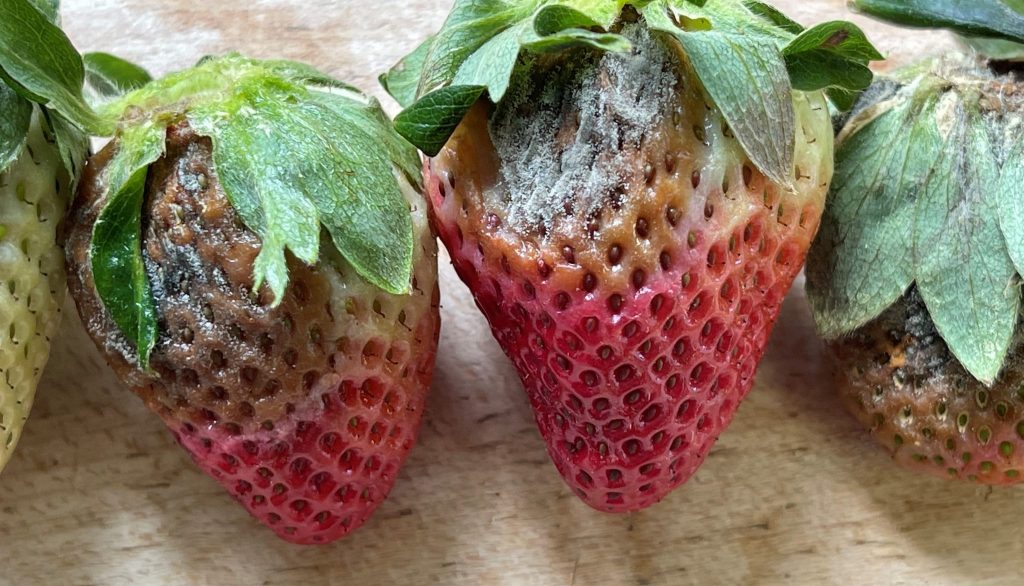
One of the most common diseases of strawberries has already been observed this year in Alabama. Gray mold, also known as Botrytis blight or Botrytis fruit rot, can devastate a crop and cause millions in lost revenue if not managed, according to Alabama Extension.
No part of the strawberry plant is immune from the disease. Gray mold can affect the leaves, stems, flowers and crowns of the plant. Its wide host range and ability to over-winter in an infested field makes gray mold a challenge to manage.
The main symptom to look for is fruit rot. A light gray or brownish lesion will develop near the fruit stem. Over time, a grayish, fuzzy mass of spores will spread and cover the entire fruit. Gray mold can also cause post-harvest rot, developing after harvest while still in storage.
The best management practices include:
- Start with healthy transplants. Obtain plants from a reputable nursery.
- Use sanitation. Remove dead and infected plant material to reduce the pathogen population.
- Allow sufficient spacing between plants. This allows good airflow through the canopy and dries the foliage and fruit quicker.
- Avoid over-fertilization. Too much nitrogen can increase fruit rot amid favorable weather conditions.
- Early and regular spray. Start fungicide sprays early.
- Crop rotation. Rotating strawberries with other crops for two to three years reduces the disease in a field.









